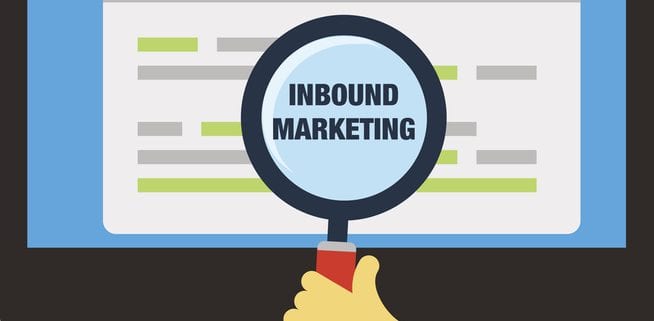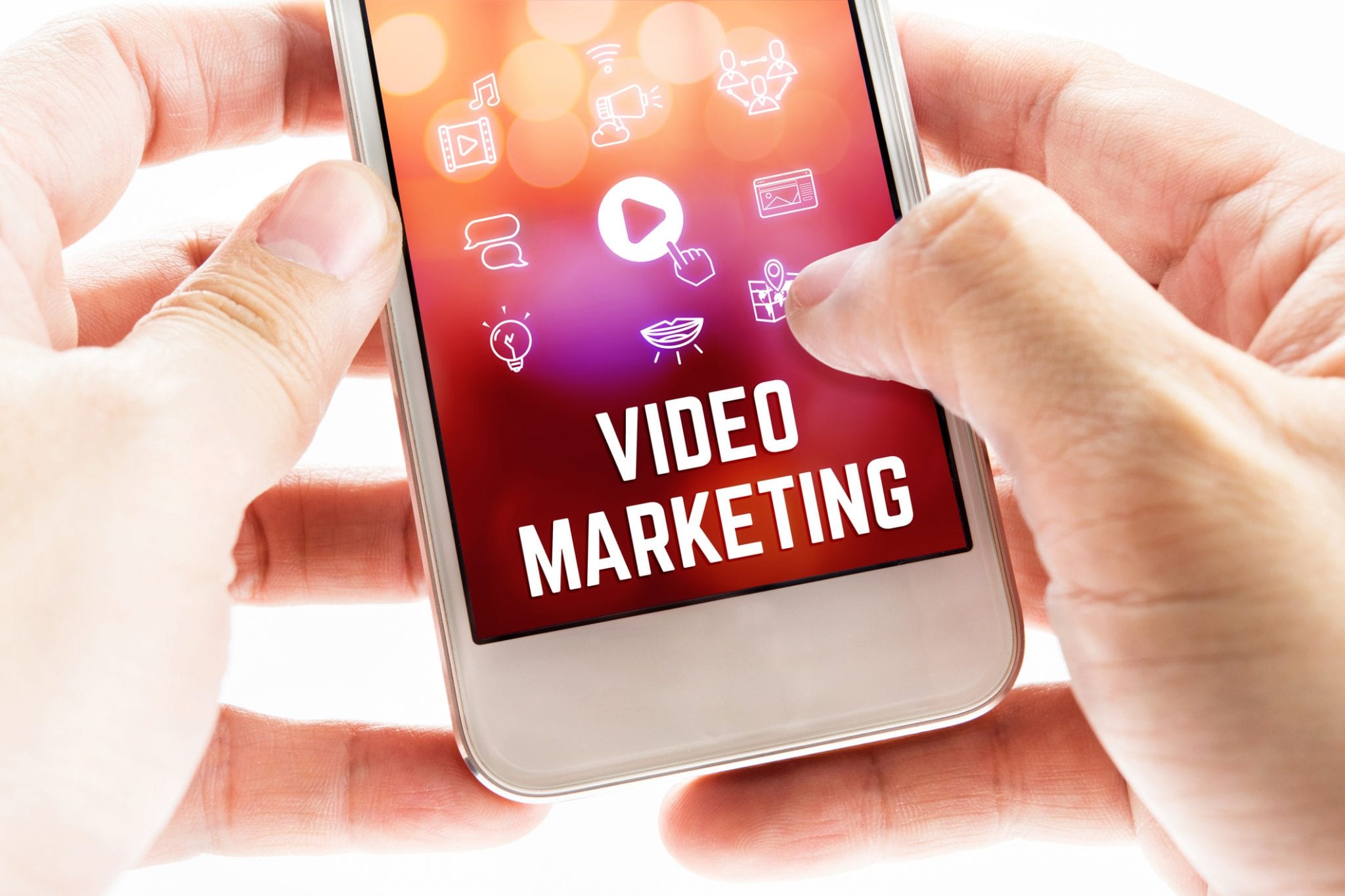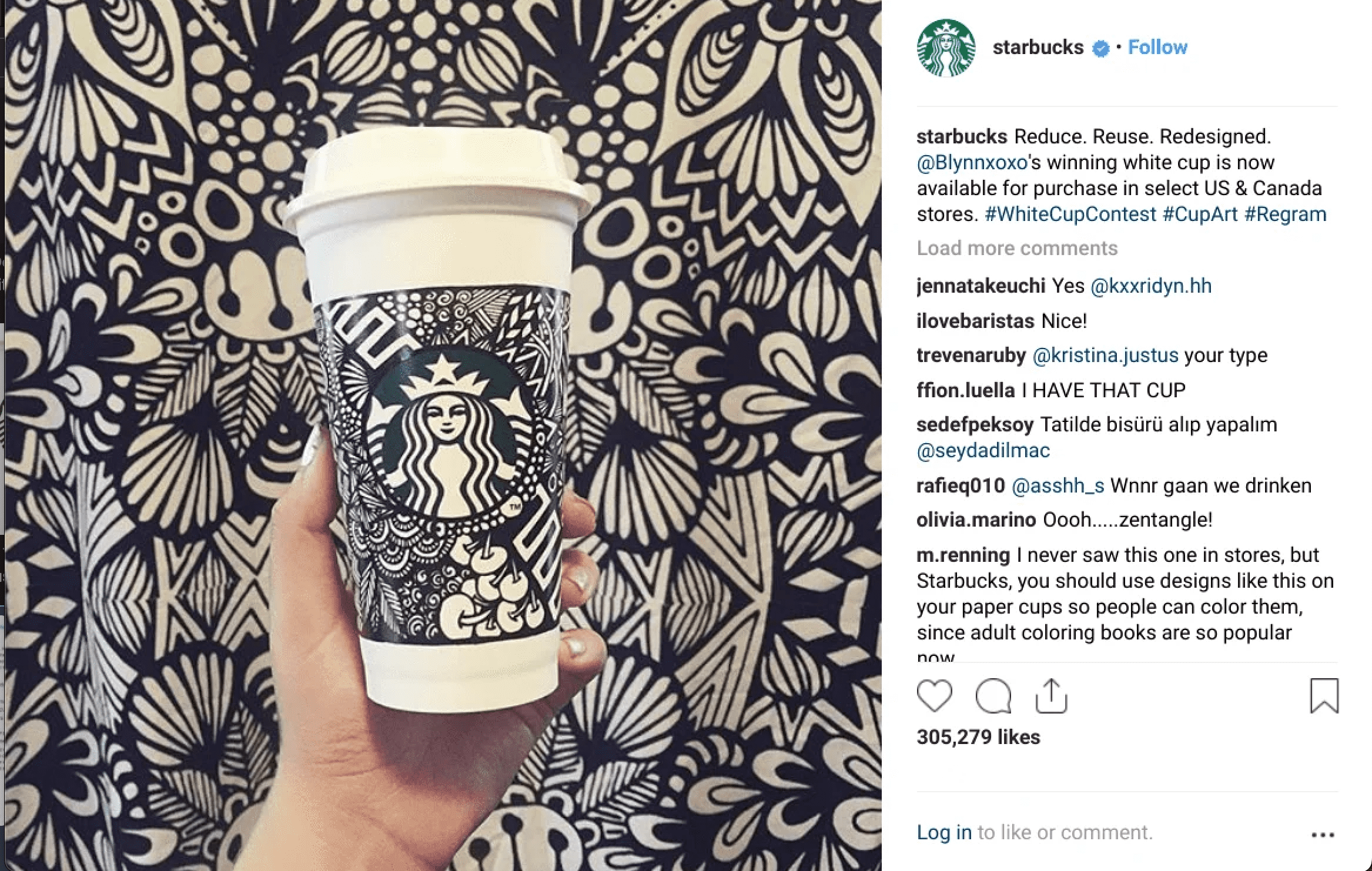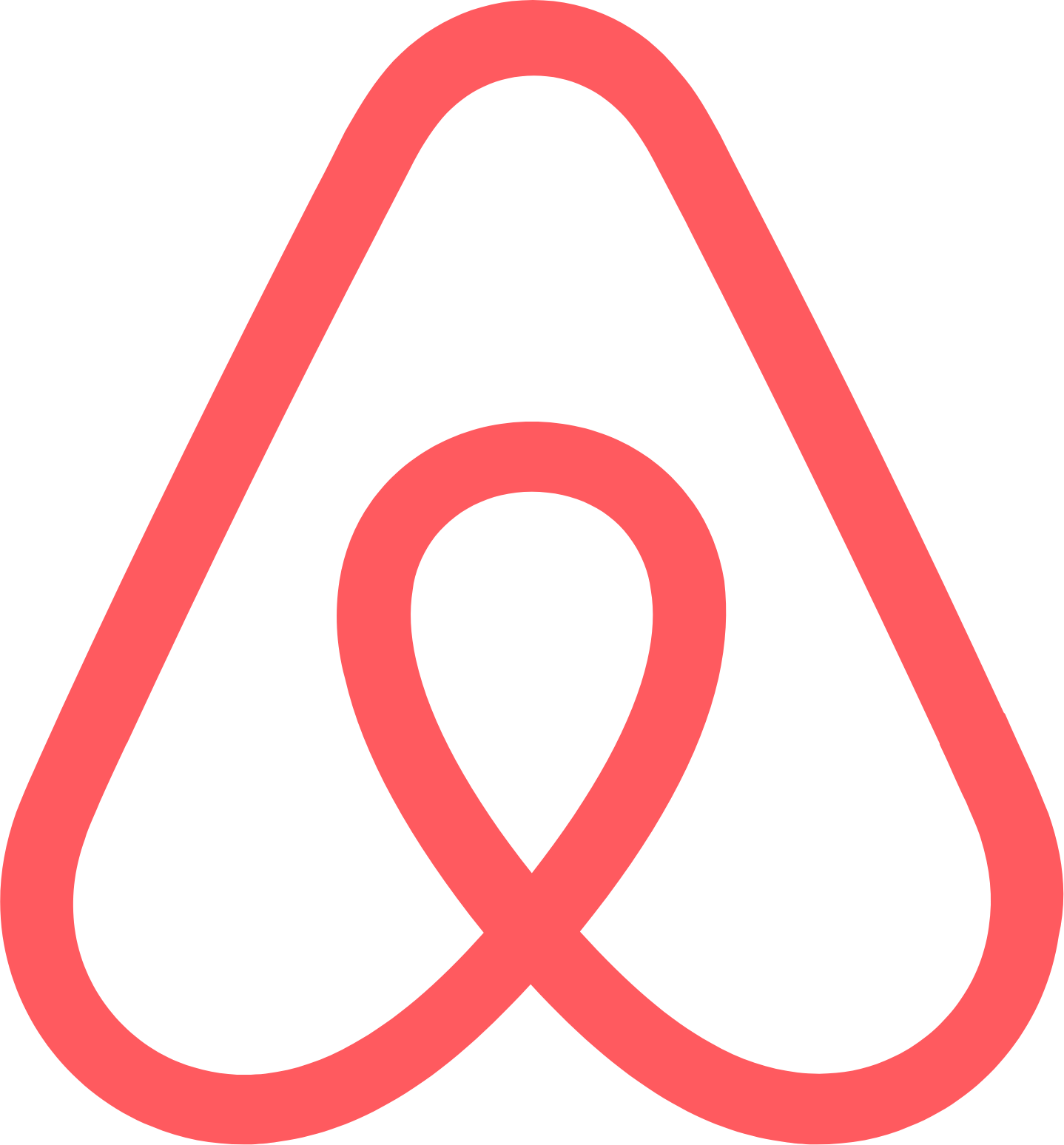
Mastering AI Marketing: Essential Strategies & Applications for Modern Marketers
AI is no longer an emerging trend—it’s a core component of advanced AI marketing strategy. But how familiar are you with leveraging AI to optimize your campaigns? Think of your AIQ (Artificial Intelligence Quotient) as a measure of how effectively you incorporate AI into your marketing efforts.
In this article, we’ll explore how you can boost your AIQ by understanding six of the most powerful applications of AI:
Ready to explore your AIQ? These strategies will guide you on your journey!
Key AI Marketing Strategies
1. AI-Powered Personalization: Tailoring Experiences for Every Customer
 AI’s ability to process vast amounts of data in real-time is revolutionizing how brands personalize customer experiences. Particularly, you can leverage AI to analyze user behaviors and preferences, allowing your brand to deliver content that truly resonates with your audience—think of how Spotify curates your music playlists or how Netflix recommends movies. But today’s AI goes further than just product suggestions; it focuses on crafting a unique journey for each customer. Whether you’re sending personalized emails, tailoring website content, or providing individualized offers, AI helps ensure that the right message reaches the right person at just the right time. Have you explored how AI might enhance your personalization strategy and foster stronger connections with your audience?
AI’s ability to process vast amounts of data in real-time is revolutionizing how brands personalize customer experiences. Particularly, you can leverage AI to analyze user behaviors and preferences, allowing your brand to deliver content that truly resonates with your audience—think of how Spotify curates your music playlists or how Netflix recommends movies. But today’s AI goes further than just product suggestions; it focuses on crafting a unique journey for each customer. Whether you’re sending personalized emails, tailoring website content, or providing individualized offers, AI helps ensure that the right message reaches the right person at just the right time. Have you explored how AI might enhance your personalization strategy and foster stronger connections with your audience?
2. Predictive Analytics: Data That Drives Actionable Insights
AI doesn’t just analyze past behavior—it takes things a step further by predicting future trends and customer actions. With predictive analytics, AI digs into historical data, identifying patterns that help marketers anticipate customer behaviors, like churn rates, buying habits, and product demand. You might think, “Well, predictive analytics has been around for years.” That’s true. What AI does differently is that it really supercharges the process, analyzing millions of data points in just minutes. This leads to faster, more accurate decision-making, giving marketers an edge in optimizing campaigns and strategies. For example, tools like HubSpot’s predictive lead scoring help prioritize high-potential leads, streamlining efforts to focus where it matters most. In this way, instead of relying on manual data analysis, AI now does the heavy lifting for you, making decision-making more efficient.
3. Sentiment Analysis: Measuring Customer Emotions at Scale
To maintain a strong reputation and build lasting trust, understanding how your audience feels about your brand is crucial. That’s where AI-powered sentiment analysis steps in. What is sentiment analysis? It’s the process of using AI to analyze customer feedback, social media activity, reviews, and other textual data to determine the emotional tone behind the words. This gives you actionable insights, allowing you to adjust your messaging and offerings in real-time. For instance, if customers start expressing dissatisfaction with a product or service, AI can flag the trend early, giving your team the opportunity to address issues before they escalate. Ultimately, this ability to read customer emotions on a large scale enables marketers to create a more authentic, customer-first strategy.
4. AI-Driven Ad Optimization: Precision Targeting in Real-Time

When it comes to optimizing your ad campaigns, it’s no longer just about trial and error. Instead, AI takes the guesswork out of ad targeting and budgeting by making real-time adjustments based on performance data. More specifically, AI-driven platforms tap into data like user behavior, engagement metrics, and demographic information to determine where and when your ads will hit the mark. On top of that, these platforms are always fine-tuning things—adjusting bids, placements, and creative elements—to help you get the most value from your investment. The end result? Smarter spending, higher engagement, and better overall ad performance!
5. Content Creation: The Balance Between AI Automation and Human Creativity
Businesses of all sizes can leverage AI as a supportive tool to enhance content creation—whether it’s generating ideas, producing drafts, spotting trends, or improving SEO strategies. As a result, marketers can shift their focus toward high-level strategies like creative development. However, it’s important to note that while AI streamlines these processes, it’s not without its limitations. For instance, AI can sometimes miss the mark on tone, making content sound impersonal or robotic. Issues like content quality or accuracy can also arise. To avoid these pitfalls and ensure the content feels genuine and aligns with your brand’s voice, human oversight is still crucial. After all, it’s about finding that sweet spot where technology and creativity work hand in hand!
6. Dynamic Pricing: Staying Competitive with AI-Driven Flexibility
AI’s ability to process data in real-time is a game-changer for dynamic pricing strategies that can adapt on the spot. Whether it’s shifts in supply and demand, changes in competitor pricing, or customer buying patterns, AI helps keep your prices competitive while maximizing profits. This is especially useful in e-commerce and retail. For example, if an item isn’t selling well, AI can lower the price in real-time to stimulate sales. This way, you can quickly respond to market trends and optimize your revenue. While AI dynamic pricing offers immense benefits, it’s important to also consider the ethical implications involved. To successfully navigate this future, businesses must prioritize transparency, fairness, and consumer trust. In this way, you can harness AI’s power to not only drive sales but also build lasting customer relationships and achieve long-term brand success!
Boosting Your AIQ for Marketing Success!
AI is fundamentally reshaping marketing, making processes more data-driven, precise, and efficient. By embracing AI marketing strategy—like personalized customer experiences, predictive analytics, sentiment analysis, and dynamic pricing—you can elevate your AIQ and keep your brand ahead of the competition. So, what role does AI play in your current marketing strategy, and what additional steps can you take to amplify its effectiveness?
Also Read Considering The Pros and Cons of Using Artificial Intelligence In Marketing
































